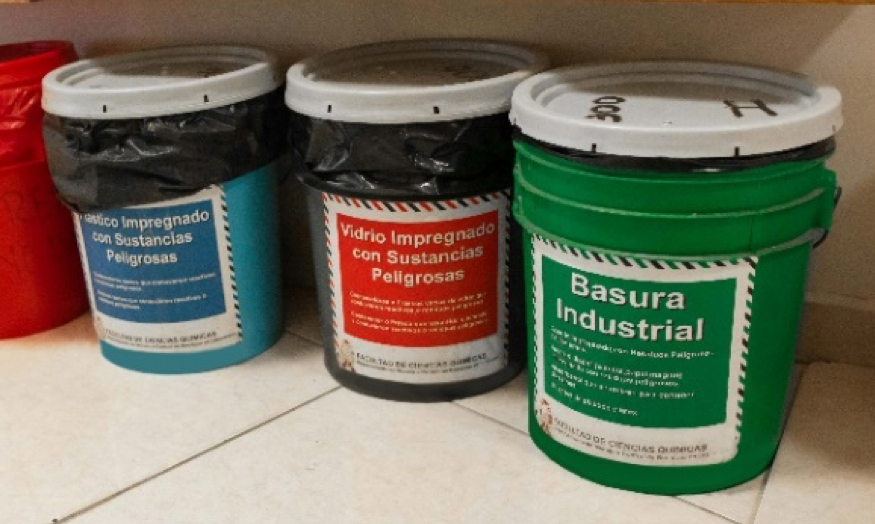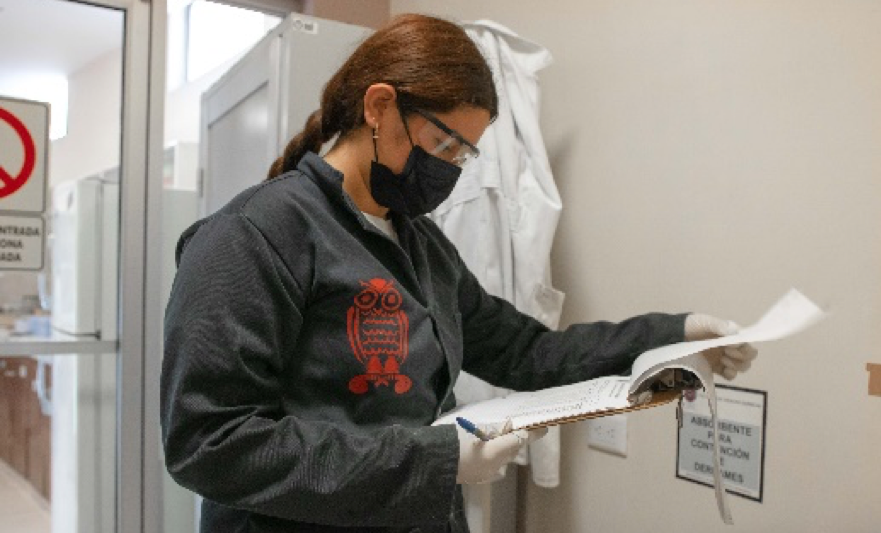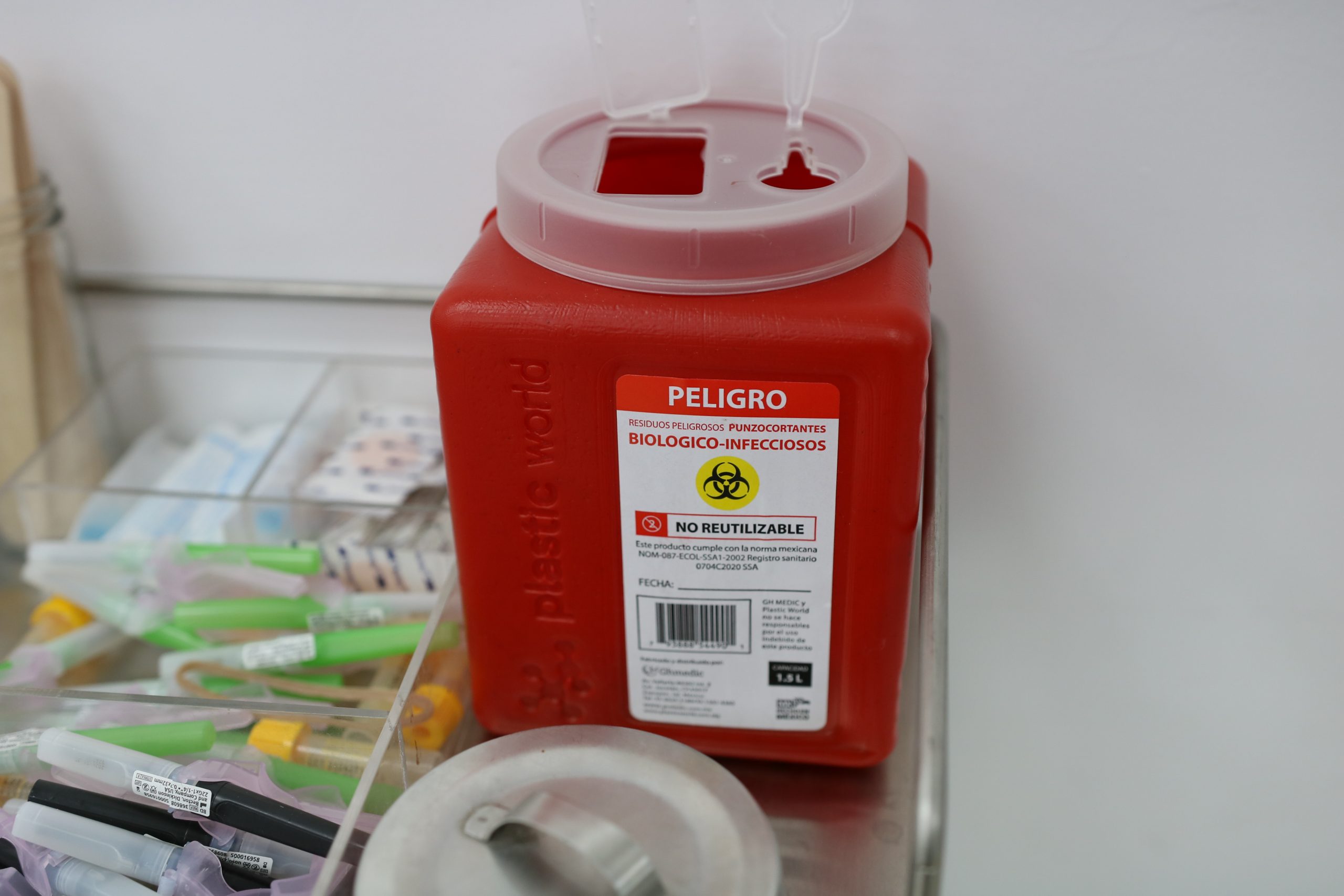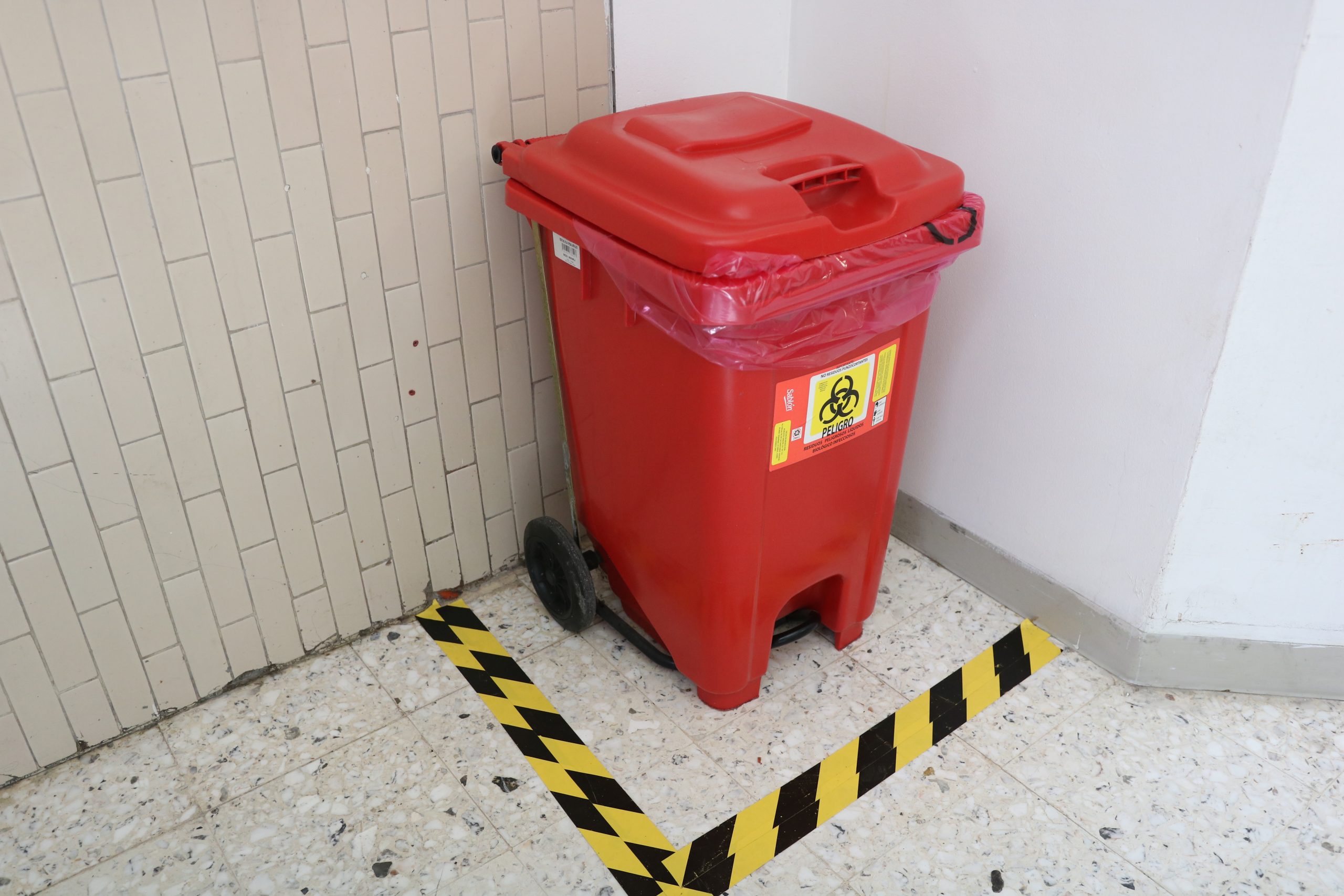Hazardous waste (HW)
Hazardous waste (HW)
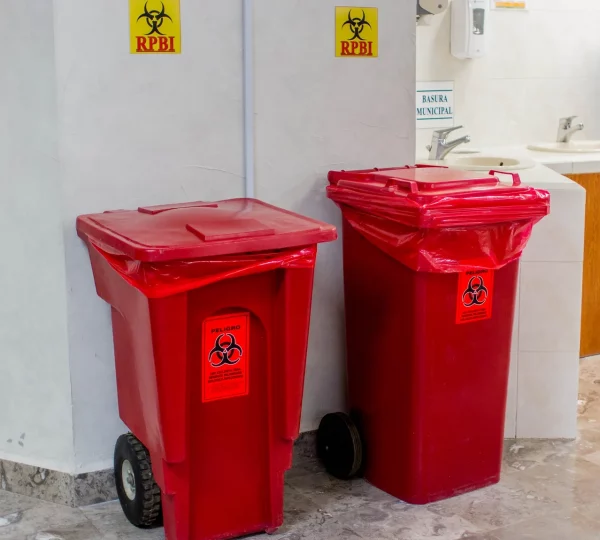
Rapid population growth and production and consumption patterns have brought about a series of problems on a global scale, both due to the lack of environmental control in industrial processes and inadequate or insufficient facilities for safe management of hazardous waste, which causes damage to ecosystems and human health. Its minimization, treatment and final disposal are highly complex due to the specialized infrastructure required for such purposes. The management of hazardous waste basically seeks two purposes: on the one hand, to reduce the risks of contact of these substances with humans and the environment; on the other, to recover useful materials (through recycling and reuse), prepare them to reduce their dangerousness (either through neutralization or incineration under controlled conditions) and confine them in suitable sites for this.
According to the data reported in the Basic Diagnosis for the Comprehensive Management of Waste in 2020, large generators produced 95% of the total RP in 2017, despite the fact that they only represent 7% of companies nationwide, therefore they are responsible for the largest amount of RP generated in the country, with industrial, commercial and service establishments generating the largest volumes. According to the National Inventory of Hazardous Waste Generation (INGRP) and the Registry of Hazardous Waste Generators (PGRP) of the Secretariat of Environment and Natural Resources (SEMARNAT), the total generation of RP in Mexico in 2017 was 2,447,596.58 t.
The fact that a waste is hazardous does not necessarily mean that it causes damage to the environment, ecosystems or health. For this to occur, it is necessary that it is in a form that allows it to spread into the environment, altering the quality of the air, soil and water, as well as coming into contact with living beings. For this reason, the Secretariat of Sustainability (SS) through the Directorate of Environmental Management and Operational Safety (DGASO) promotes the implementation of the program for the proper management and disposal of RP generated by university departments on all campuses, with the objective of complying with current environmental regulations. This program consists of classifying, storing, managing the transportation and final disposal of waste with companies authorized by federal entities such as the SEMARNAT and the Ministry of Communications and Transportation (SCT).
Therefore, procedures for classification and collection of RP were made available to the university departments, with the aim of using them as a basis for the preparation of the “Manual for the environmentally sound management of waste” in each of the departments that generate this type of waste:
Other consultation tools that provide official information for the identification, storage and transportation of this type of waste are the Official Mexican Standards, such as those cited below:
Among the hazardous waste generated in university facilities, the following can be found:
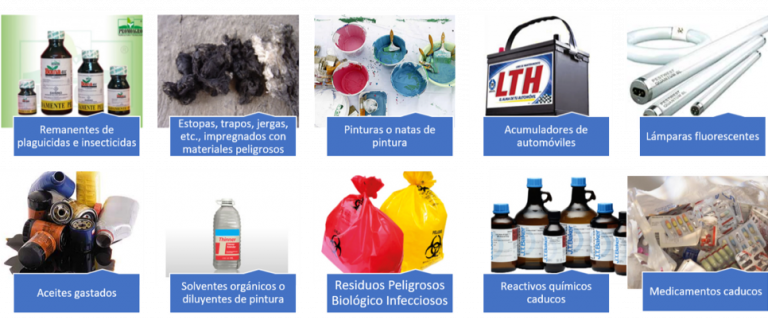
Como primer paso para la correcta gestión de los RP está el obtener el registro como generador ante la SEMARNAT, con base a la estimación promedio que se genere en un año, ubicando la categoría en la que se encuentran (micro, pequeño o gran generador) con el objetivo de realizar la gestión de manera correcta. Durante el año 2024, 2 dependencias universitarias realizaron los trámites ante esta instancia federal y obtuvieron su Número de Registro Ambiental (NRA). Así mismo, en el mismo periodo de tiempo 1 dependencia realizó una modificación al registro contando con el apoyo y asesoría de la DGASO.
The following university departments have adopted the previously mentioned collection and classification procedures into their daily activities given the amount of waste they generate, coupled with the interest they have in implementing sustainable practices in their daily activities:
- Faculty of Chemical Sciences
- Faculty of Forest Sciences
- Faculty of Dentistry
- Faculty of Medicine and University Hospital
- Faculty of Nursing
- Faculty of veterinary medicine and zootechnics
- Faculty of Public Health and Nutrition
- Agronomy faculty
- Faculty of Mechanical and Electrical Engineering
- Faculty of Public Accounting and Administration
- Biological Sciences Faculty
- Faculty of Earth Sciences
- Faculty of Sciences Physics Mathematics
- Faculty of Visual Arts
- Faculty of Law and Criminology
- Architecture Faculty
- Faculty of Political Sciences and International Relations
- Faculty of Sports Organization
- Faculty of Social Work and Human Development
- High School No. 1
- High School No. 2
- High School No. 3
- High School No. 4
- High School No. 6
- High School No. 7
- High School No. 8
- High School No. 9
- High School No. 12
- High School No. 13
- High School No. 14
- High School No. 15
- High School No. 16
- High School No. 19
- High School No. 20
- High School No. 21
- High School No. 22
- High School No. 23
- High School No. 25
- Álvaro Obregón Industrial School
- Pablo Livas Technical School
- Medical Technical School
- Center for Research and Development in Bilingual Education
- Tigres Sports Center
- General Services Directorate
- Information Technology Department
- University Health Center (CUS)
- Evaluation Center
- Center for Research and Development in Health Sciences (CIDICS)
- Alfonsina Chapel University Library
- Center for Innovation, Research and Development in Engineering and Technology (CIIDIT)
- Center for Research and Innovation in Aeronautical Engineering (CIIIA)
- Medical Services Directorate
- Sabinas Academic Unit
- Institute of Civil Engineering
- General Directorate of Planning and Strategic Projects
- University Printing Press
- Centro de Investigación en Biotecnología y Nanotecnología (CIBYN)
Hazardous waste of chemical origin
The General Law for the Prevention and Comprehensive Management of Waste defines hazardous waste (HR) as a material or product whose owner or possessor discards and is in a solid or semi-solid, liquid or gas state contained in containers or deposits, and is susceptible to being valued or requiring treatment or final disposal, and also contains at least one of the CRETIB characteristics (Corrosive, Reactive, Explosive, Toxic, Flammable, Biological-infectious.
Durante el año 2024 se generaron 58.11 t de residuos peligrosos de origen químico, de las cuales 24.76 t corresponde a residuos sólidos y 33.35 t a residuos líquidos.


Once the waste is collected and stored in the facilities, its transportation and proper confinement is carried out by companies authorized by the corresponding authorities (SEMARNAT and SCT), so that 100% of the collected waste is subjected to adequate treatment or confinement in accordance with the provisions of current environmental regulations.
Empty cartridge and toner collection program
A partir de mayo de 2021, la UANL participa en el programa HP Planet Partners, en la cual los cartuchos usados de tinta y tóner (HP y Samsung) se recolectan y envían a una planta de reciclaje especializada ubicada en los Estados Unidos la cual cumple con los requisitos de ISO 14001 e ISO 9001. Todos los cartuchos pasan por un proceso de reciclaje de múltiples fases, estos se convierten en materias primas que se pueden utilizar para fabricar productos de plástico y metal, como por ejemplo cartuchos nuevos. Cualquier material remanente se desecha o procesa en forma responsable a través de procesos de recuperación de energía. En el año 2024 se dispuso un total de 2.30 toneladas of empty toner and ink cartridges in the aforementioned program.
Expired medications
Currently, expired medications represent a significant part of the waste that is discarded daily; these can come from industry, hospitals, pharmacies and our own homes, since the presentations on the market generally do not adjust to the therapeutic regimen that the patient requires. There is data that at least three million boxes of medication expire each year, resulting in a serious problem in Mexico. According to current environmental legislation, these residues are classified as hazardous, so their disposal must be carried out through companies authorized by competent federal agencies (SEMARNAT and SCT), since these companies have the equipment and qualified personnel to apply the necessary safety measures to carry out their transportation, treatment and/or final disposal.
In order to reduce the risk of poisoning people and damage to the environment, Sistema Nacional de Gestión de Residuos de Envases y Medicamentos A.C. (SINGREM) has a program for collecting expired medicines in the country. The medicines are deposited in containers located in different collection centers such as pharmacies or health centers. Once collected, they are subjected to physical crushing processes and later sent to their final destination.
Currently, the UANL has containers for the deposit of this type of waste distributed in 5 collection centers in the following locations:
- University Pharmacy “Q.F.B. Emilia Vásquez Farías” from the Faculty of Chemical Sciences.
- Escuela Preparatoria Técnica Médica.
- UANL Medical Services (Gonzalitos Unit).
- Nursing Faculty.
- Facultad de Medicina Veterinaria y Zootecnia.
These collection centers serve both the university community and the general public.

En el año 2024 se recolectaron 997.20 kg de medicamentos caducos in the aforementioned collection centers.
Hazardous biological-infectious waste (RPBIs)
Según la definición de la NOM-087-SEMARNAT-SSA1-2002, los residuos peligrosos biológico infecciosos son aquellos materiales generados durante los servicios de atención médica que contienen agentes biológico- infecciosos. Durante el año 2024 se generaron un total de 189.64 t of this type of waste was generated. The characterization is shown in the following graph:

